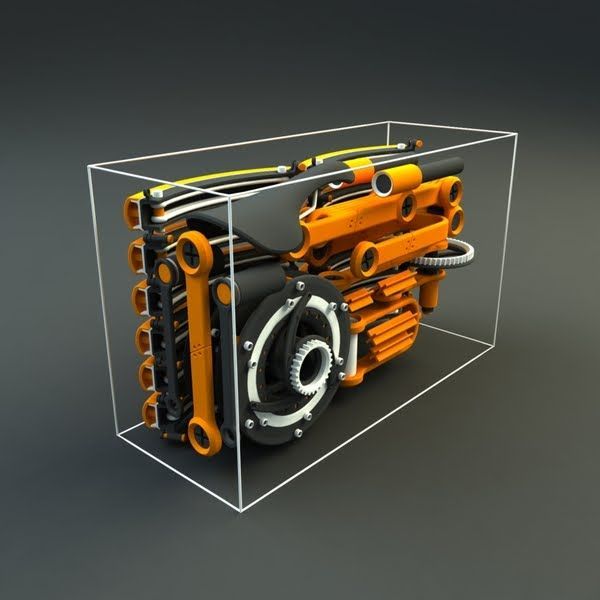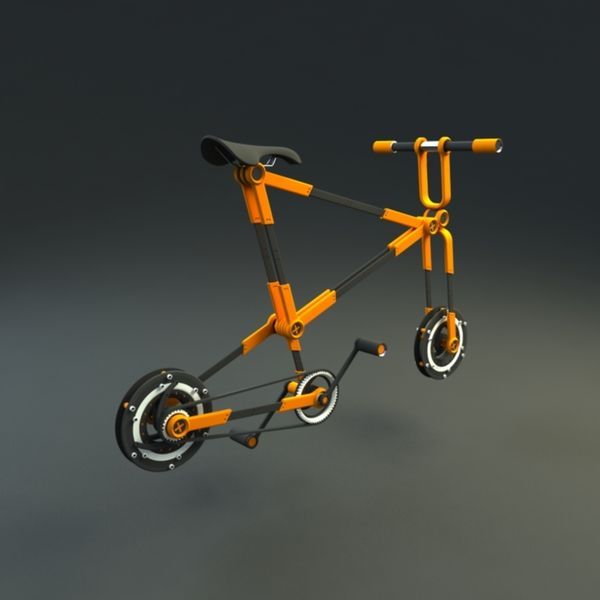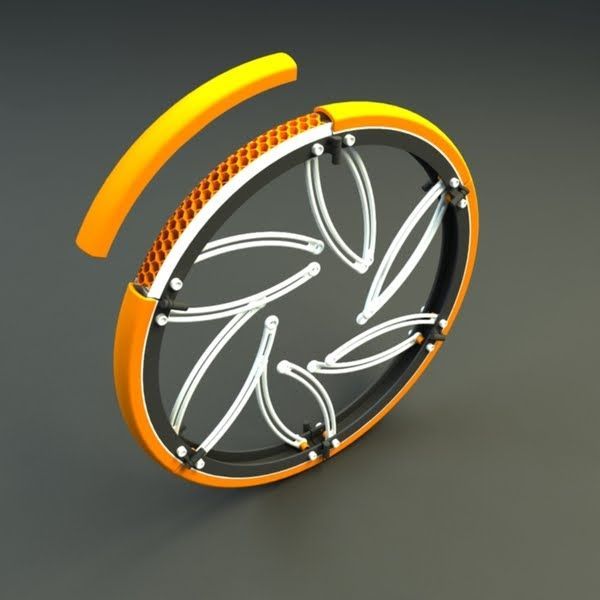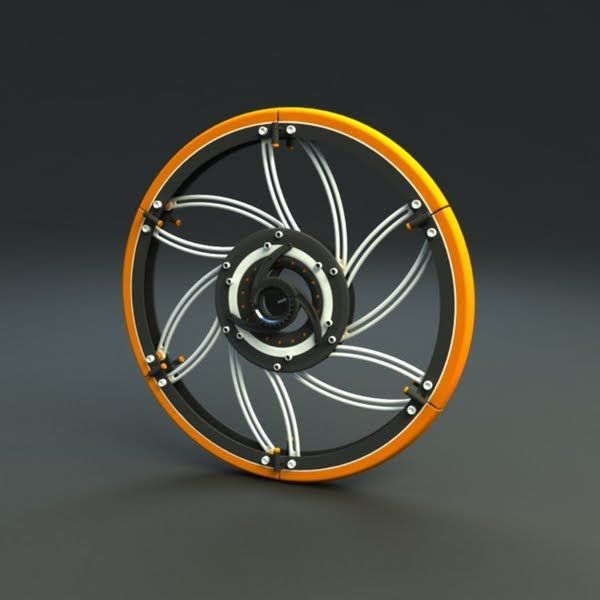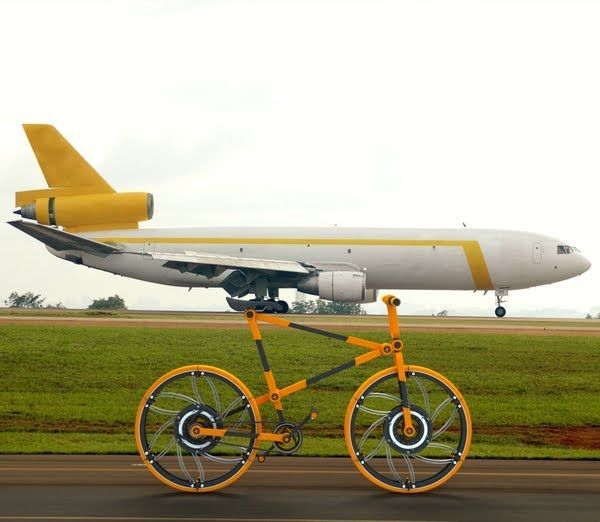Why is Bamboo?
1. Bamboo grows incredibly fast
Although it’s heartier than many trees, bamboo is actually a grass. In fact, it’s the fastest growing plant in the world. Bamboo’s fast growth enables frequent harvesting without causing damage to the ecosystem of bamboo forests. On average, bamboo can grow up to about 24 inches in a single day, while some species can grow nearly 48 inches. Bamboo has the potential to achieve its full height and thickness in a 3-to-4-month growing season.
In a single harvest, you can get 20 times more building material from bamboo than you can with hardwood trees. A harvest of a single bamboo stand can yield over 200 poles in 5 years, so there’s no scarcity. Bamboo’s abundance keeps prices low, making it much more affordable.
3. Bamboo is stronger than hardwood
Bamboo is stronger than steel and heartier than most hardwoods, so you know you are buying a high-quality material with high durability. Not only is it more affordable, but bamboo produces a higher quality of
wood than hardwood trees do — making it a valuable building material.
4. Bamboo production creates livelihoods in impoverished countries
Bamboo grows best in tropical conditions and has the ability to provide economic sustenance to developing countries, improving stability for impoverished populations. As bamboo’s popularity increases, it offers a sustainable way of making a living — all from a grass that grows like a weed.
5. Bamboo is better for the air
Bamboo produces more oxygen and absorbs more carbon dioxide than trees, combating global warming with each bamboo shoot that is planted. Because the use of bamboo as a building material saves more hardwood trees from logging, the push for bamboo can help combat climate change.
6. Bamboo helps control soil erosion
Bamboo has a widespread root system as well as an enveloping canopy, which makes it a great water barrier to control soil erosion. Bamboo is widely used in a number of developing countries to protect crops and villages from washing away. Bamboo’s high nitrogen consumption helps mitigate water pollution, and its roots are good for the soil.
7. Bamboo is highly versatile
Bamboo can be used in a wide range of products, from paper to construction materials and flooring. There’s
bamboo furniture,
bamboo sheets, bamboo yoga blocks and more. Some of the first paper products were made from bamboo, and today it is widely used to make a soft but durable
bamboo clothing as well as to build fences, walls, bridges, bicycles, skateboards, helmets and computer keyboards. As bamboo’s popularity increases, it’s being used in more and more products, creating many beautiful ways for you to green your home and your lifestyle.

curant media unit by greenington



sourceBranchhome.com
 Solid bamboo, non-toxic water-based polyurethane glue, and non-toxic wood oil While you can still find unrefined natural bamboo furniture, milled and laminated bamboo with a darker stained finish is leading the way as the new look of eco-furniture. Sturdier than oak, water-resistant and as aesthetically pleasing as the most coveted hardwoods, bamboo is a sustainable natural resource and a pioneer material in the movement for eco-friendly furniture. Bamboo grows exceptionally fast and can be harvested for a few years without damage, so you can buy bamboo furniture with an eco-clear conscience.bamboo processing in furniture making:
Solid bamboo, non-toxic water-based polyurethane glue, and non-toxic wood oil While you can still find unrefined natural bamboo furniture, milled and laminated bamboo with a darker stained finish is leading the way as the new look of eco-furniture. Sturdier than oak, water-resistant and as aesthetically pleasing as the most coveted hardwoods, bamboo is a sustainable natural resource and a pioneer material in the movement for eco-friendly furniture. Bamboo grows exceptionally fast and can be harvested for a few years without damage, so you can buy bamboo furniture with an eco-clear conscience.bamboo processing in furniture making:
Boiling
Raw bamboo is always treated and checked for flaws before the furniture-making process begins. The bamboo stalks are cut into uniform thin sections and then either boiled or steamed at a temperature of approximately 1,000 C for 24 hours to increase moisture content. Typically a copper sulfate solution is added in order to defend against fungal and insect attacks. Once the bamboo is colored to the desired effect, it is then either air-dried or kiln-dried.
Coloring
When most people think of bamboo, they picture the light, natural color, similar to the color of maple
wood. The steaming process, however, produces a dark amber hue without affecting the durability of the bamboo. You can adjust the color levels according to preference. The higher the temperature and the longer the steam, the deeper the hue. The Food and Agriculture Organization of the United Nations recommends steaming at a pressure of 3-5 kg/sq. cm. for 90-105 minutes in order to produce a chestnut shade. This carbonized bamboo is the new trend hitting the eco-furniture market.
Assembling
The pliable steamed bamboo poles are stripped smooth, laminated and then either screwed together or glued together using roller spreaders, spraylines, curtain coaters or brushes to form vertical grain bamboo panels. These panels are then used to assemble bamboo furniture such as chairs, tables, sofas, bookshelves and cabinets.
One method of assembling
bamboo furniture is to entwine the vertical grain bamboo panels with a pre-molded frame of bamboo or wood. Many bamboo furniture makers fasten strips of bamboo around important joints to reinforce them. In the Philippines, bamboo furniture makers support the joints with leather strips. Other bamboo furniture makers
choose to use hemp or rope.
Cost
Bamboo furniture is expensive due to the high cost of importation, but damaging Mother Earth comes at a far greater price. Consider purchasing bamboo furniture as an eco-friendly option to wood furniture.
Live green, purely and simply. source;life.gaiam.com

 tubular shoe merchandizing by The Pure Project Packaging
tubular shoe merchandizing by The Pure Project Packaging
 laser cut bamboo jewelry
laser cut bamboo jewelry
 Voirin's shy chair
Voirin's shy chair John Cho Moore, handmade bag of bamboo
John Cho Moore, handmade bag of bamboo bamboo eco head gear,the kangol spring collection
bamboo eco head gear,the kangol spring collection the seavees9/65 bamboo moccasins
the seavees9/65 bamboo moccasins

 sourceBranchhome.com
sourceBranchhome.com
 canasta 13 daybed from b&b Italia
canasta 13 daybed from b&b Italia
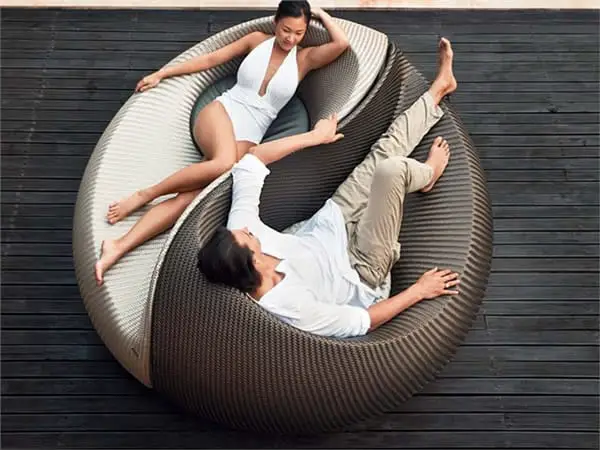





 Incredible Folding Backback Bicycle
Incredible Folding Backback Bicycle Locust Flexible Folding Bicycle
Locust Flexible Folding Bicycle Grasshopper: Folding Electric Bike
Grasshopper: Folding Electric Bike rotation folding bike
rotation folding bike
 Locust Folding Bike
Locust Folding Bike ville
ville ifmode
ifmode yike bike
yike bike
 donut
donut